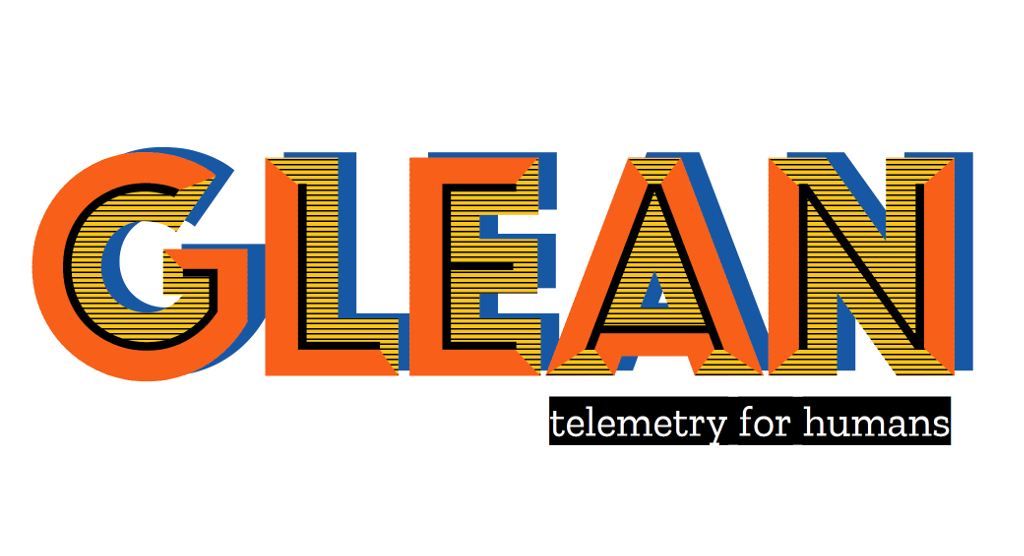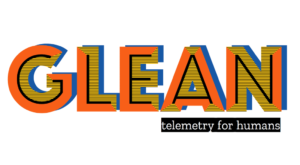(“This Week in Glean” is a series of blog posts that the Glean Team at Mozilla is using to try to communicate better about our work. They could be release notes, documentation, hopes, dreams, or whatever: so long as it is inspired by Glean.)
In a previous TWiG blog post, I talked about my experiment on trying to compile glean-core to Wasm. The motivation for that experiment was the then upcoming Glean.js workweek, where some of us were going to take a pass at building a proof-of-concept implementation of Glean in Javascript. That blog post ends on the following note:
My conclusion is that although we can compile glean-core to Wasm, it doesn’t mean that we should do that. The advantages of having a single source of truth for the Glean SDK are very enticing, but at the moment it would be more practical to rewrite something specific for the web.
When I wrote that post, we hadn’t gone through the Glean.js workweek and were not sure yet if it would be viable to pursue a new implementation of Glean in Javascript.
I am not going to keep up the suspense though. We were able to implement a proof of concept version of Glean that works in Javascript environments during that workweek, it:
- Persisted data throughout application runs (e.g. client_id);
- Allowed for recording event metrics;
- Sent Glean schema compliant pings to the pipeline.
And all of this, we were able to make work on:
- Static websites;
- Svelte apps;
- Node.js servers;
- Electron apps;
- Node.js command like applications;
- Node.js server applications;
- Qt/QML apps.
Check out the code for this project on: https://github.com/brizental/gleanjs
The outcome of the workweek confirmed it was possible and worth it to go ahead with Glean.js. For the past weeks the Glean SDK team has officially started working on the roadmap for this project’s MVP.
Our plan is to have an MVP of Glean.js that can be used on webextensions by February/2021.
The reason for our initial focus on webextensions is that the Ion project has volunteered to be Glean.js’ first consumer. Support for static websites and Qt/QML apps will follow. Other consumers such as Node.js servers and CLIs are not part of the initial roadmap.
Although we learned a lot by building the POC, we were probably left with more open questions than answered ones. The Javascript environment is a very special one and when we set out to build something that can work virtually anywhere that runs Javascript, we were embarking on an adventure.
Each Javascript environment has different resources the developer can interact with. Let’s think, for example, about persistence solutions: on web browsers we can use localStorage or IndexedDB, but on Node.js servers / CLIs we would need to go another way completely and use Level DB or some other external library. What is the best way to deal with this and what exactly are the differences between environments?
The issue of having different resources is not even the most challenging one. Glean defines internal metrics and their lifetimes, and internal pings and their schedules. This is important so that our users can do base analysis without having any custom metrics or pings. The hardest open question we were left with was: what pings should Glean.js send out of the box and what should their scheduling look like?
Because Glean.js opens up possibilities for such varied consumers: from websites to CLIs, defining scheduling that will be universal for all of its consumers is probably not even possible. If we decide to tackle these questions for each environment separately, we are still facing tricky consumers and consumers that we are not used to, such as websites and web extensions.
Websites specifically come with many questions: how can we guarantee client side data persistence, if a user can easily delete all of it by running some code in the console or tweaking browser settings. What is the best scheduling for pings, if each website can have so many different usage lifecycles?
We are excited to tackle these and many other challenges in the coming months. Development of the roadmap can be followed on Bug 1670910.












